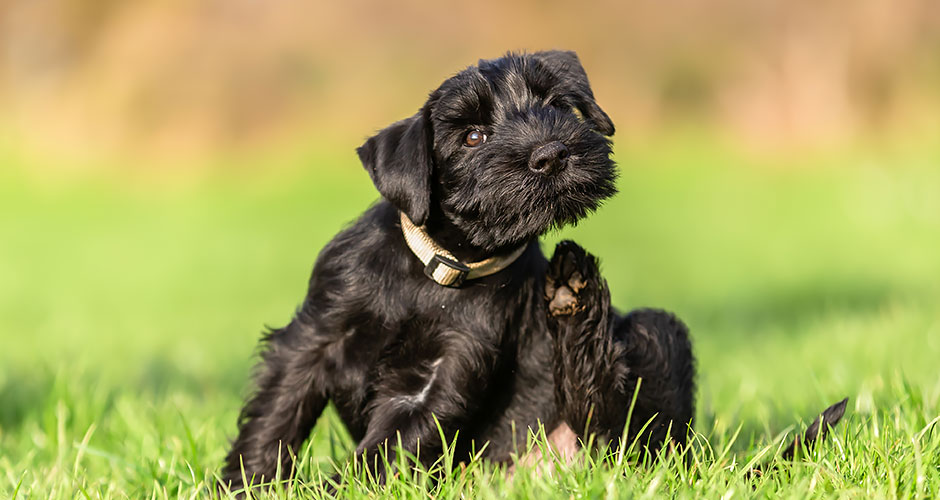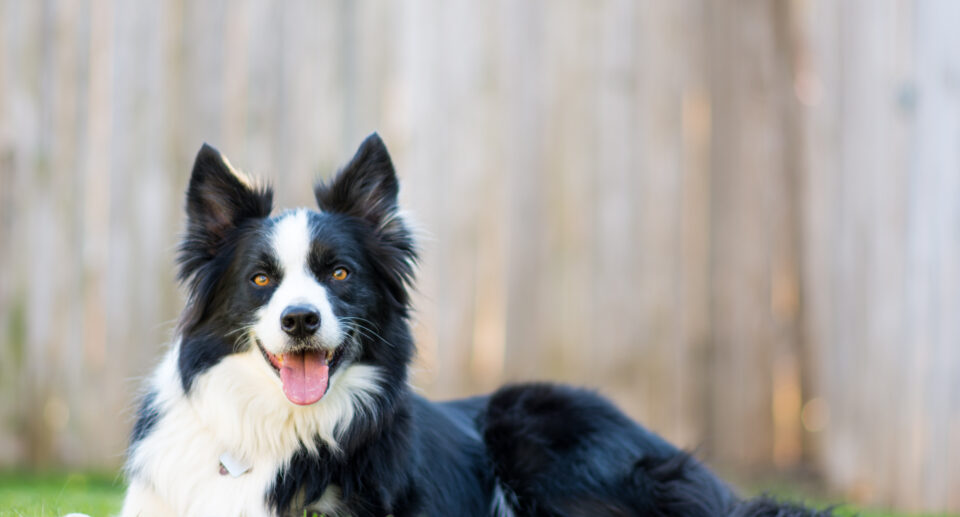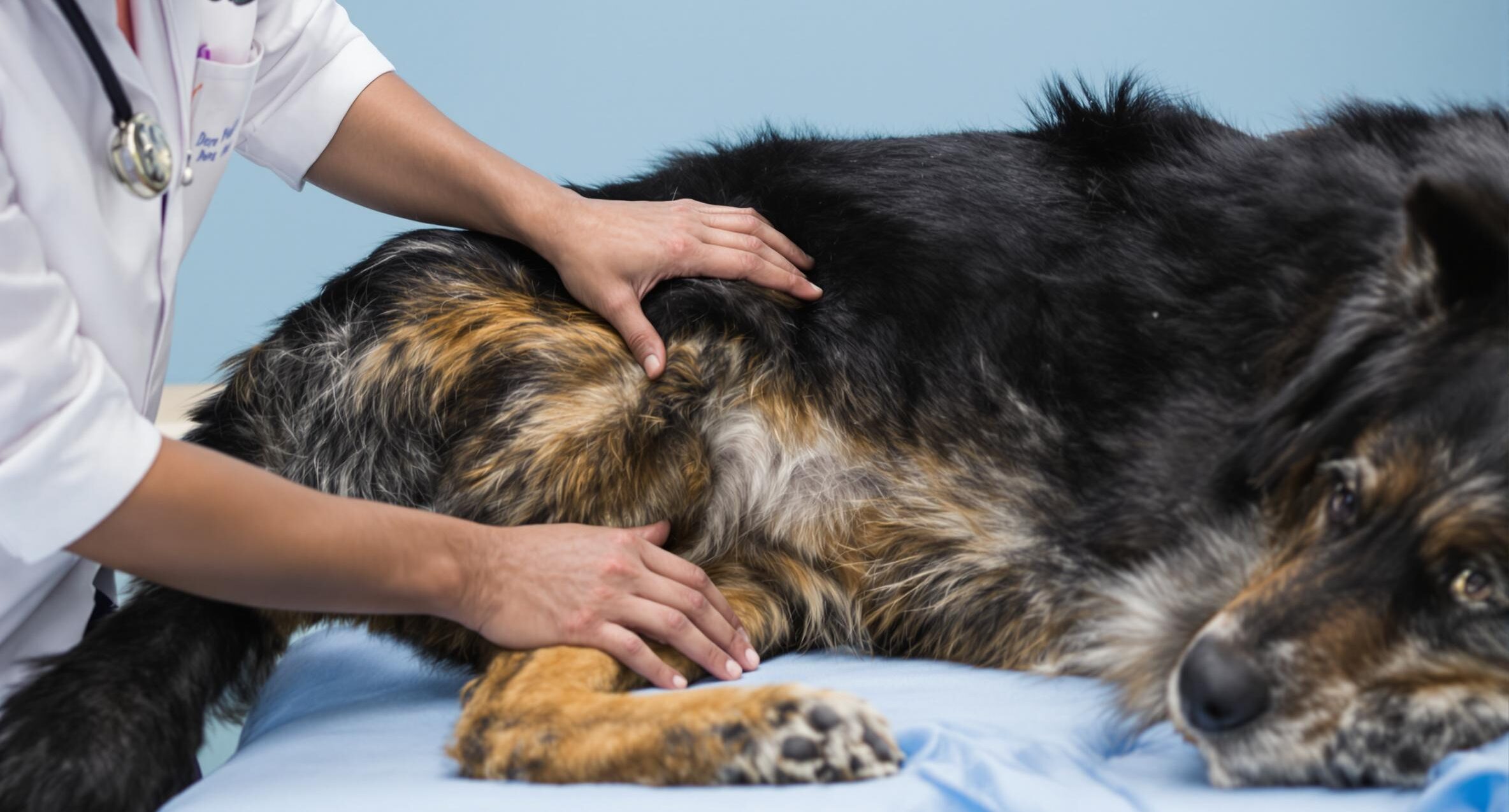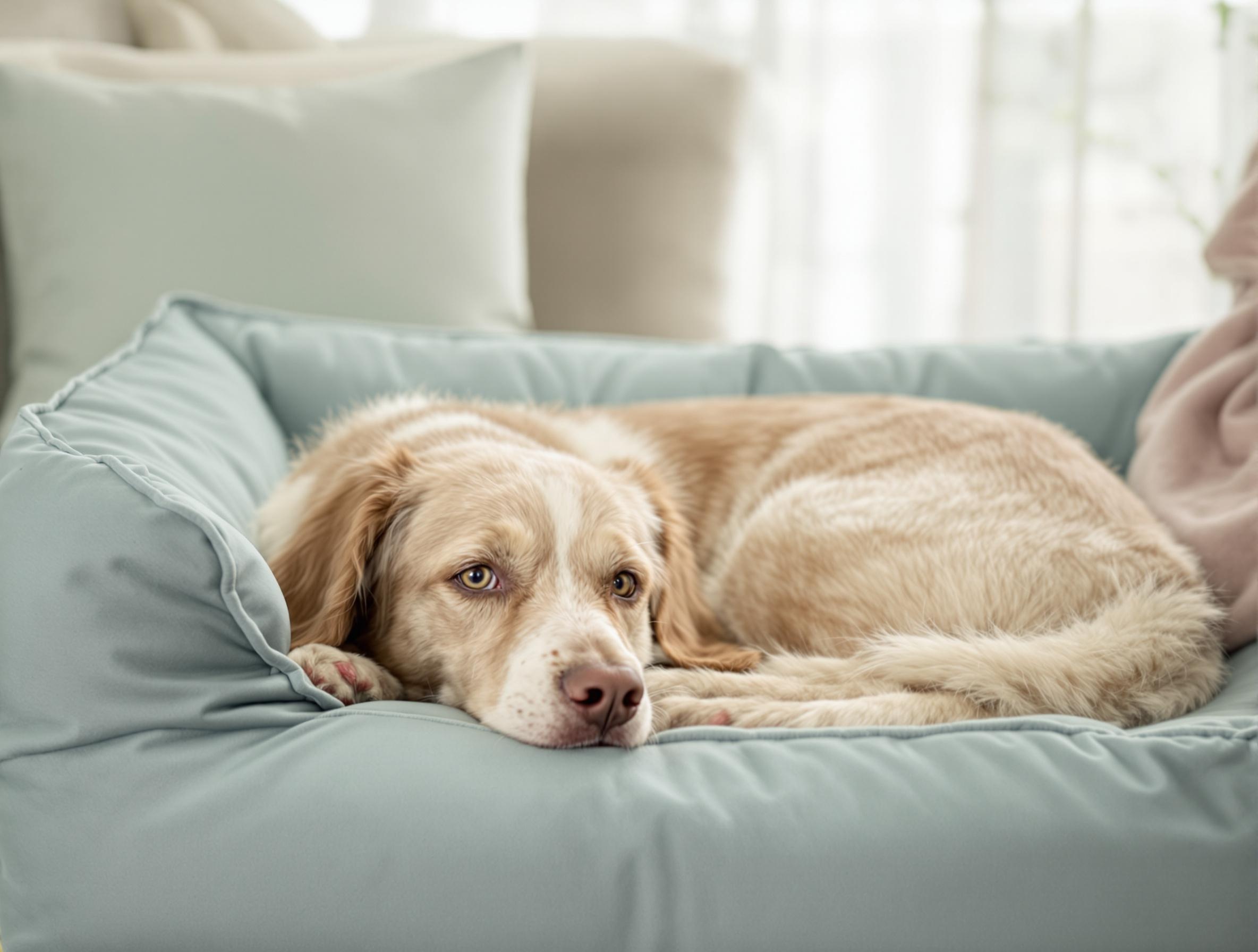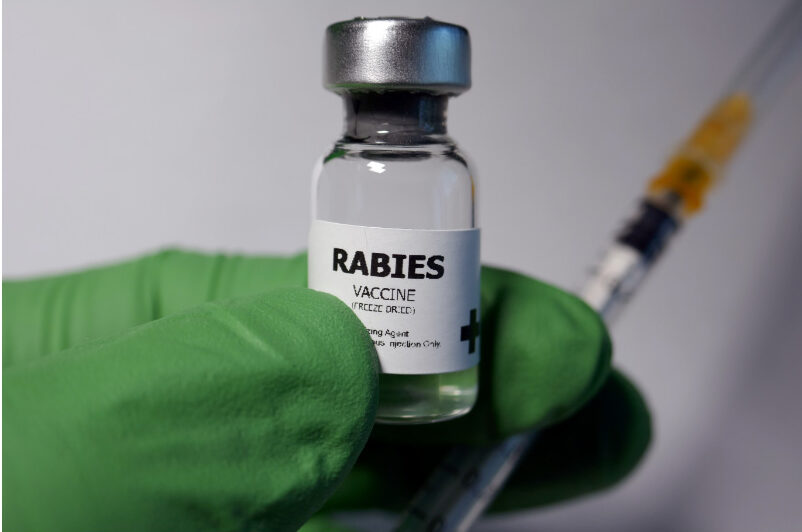The Definitive Guide for First-Time Dog Parents
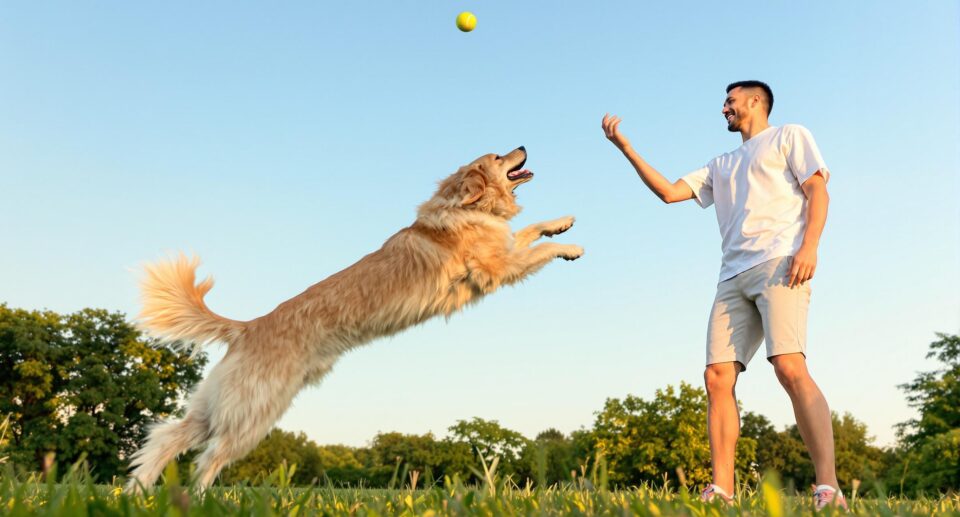
Key takeaways for first-time dog parents
- As a first-time dog parent, thoughtful preparation, proper nutrition, and socialization are essential for fostering a strong bond with your furry friend.
- Consistency in grooming, dental care, and training not only keeps your dog healthy but also creates meaningful bonding moments.
- Exercise and enrichment play a vital role in your dog’s physical and mental health, preventing boredom and promoting a happy, well-adjusted companion.
Bringing a new dog into your home is an exciting and rewarding experience, but it also comes with responsibilities. From nutrition and grooming to training and socialization, providing the right care ensures your furry friend grows into a happy, well-adjusted companion. As a first-time dog parent, understanding your dog’s physical, emotional, and behavioral needs will help create a strong bond and set the foundation for a lifetime of companionship.
For reliable information on pet care, health, and training, PetHealthMD offers valuable resources to help you make informed decisions. Whether you’re learning about proper feeding schedules, behavior training, or preventive healthcare, having the right knowledge can make all the difference in your dog’s well-being.
This guide will help you navigate the essential aspects of dog ownership so you and your new companion can enjoy a happy and healthy life together.
Step 1: Food and nutrition
With hundreds of dog food options available, finding the best one for your pup can feel overwhelming. Fortunately, most commercial dog foods meet AAFCO (Association of American Feed Control Officials) standards for complete and balanced nutrition. The best choice is a high-quality food that fits your budget and keeps your dog healthy. Let’s break down your options together.
For everyday essentials like food, treats, and supplements, you can explore dog supplies at 1800PetMeds to support your new dog’s nutrition and overall health.
Four main types of dog food
Kibble – Affordable and convenient, kibble stays fresh for up to three weeks after opening when stored properly. It contains carbohydrates like corn, wheat, peas, or rice, which provide energy but may contribute to weight gain in some dogs. Since kibble has a low moisture content, ensure your dog has constant access to fresh water, or consider soaking it in water or bone broth for added hydration.
Canned wet food – Typically higher in protein and moisture than kibble, canned food helps with hydration and often contains fewer carbs. It has a long shelf life when unopened, but leftovers need to be refrigerated and used within 72 hours.
Dehydrated or freeze-dried food – Made from dried meats, fruits, and vegetables, dehydrated or freeze-dried food is shelf-stable and typically low in carbohydrates. Some formulas require rehydration, while others can be served dry.
Raw food – Consists of uncooked muscle meat, organ meat, and bones, sometimes with fruits and vegetables. Raw diets contain natural enzymes that support digestion and oral health, but they require careful handling to prevent bacterial contamination. If feeding homemade raw, work with a veterinarian or pet nutritionist to ensure the diet is nutritionally complete.
You’ll know you’ve found the right food when your dog shows these positive signs: consistent energy throughout the day, bright eyes, a shiny coat, and firm, regular stools. We also recommend watching for enthusiasm at mealtimes and monitoring healthy weight maintenance.
Human foods to add variety to your dog’s diet
Mixing different food types can enhance nutrition and keep mealtime exciting. You can also supplement your dog’s diet with fresh, whole foods as long as they’re safe and properly prepared. Here are our top choices:
Fruits and veggies – Apples (peeled), carrots, green beans, kale, and some berries make great low-calorie treats packed with fiber and vitamins. Since dogs have trouble digesting raw plant matter, these foods are best pureed or steamed.
Lean meats – Cooked or raw chicken, beef, and turkey can be a nutritious topper or treat, but avoid processed meats like ham, pepperoni, or salami. Onions and garlic are toxic in large amounts, so stick to plain, unseasoned meat.
Fish and seafood – Canned salmon and sardines (in water, no added salt) provide omega-3 fatty acids, which support skin, coat, and joint health. Avoid feeding your dog raw fish, as it can lead to several issues.
Eggs – One of the most nutrient-dense foods for dogs, eggs have a biological value of 100, meaning their protein is highly digestible. Serve raw or boiled, including both yolks and whites.
Toxic foods to never feed your dog
Chocolate – Contains theobromine, which dogs struggle to metabolize, leading to seizures and internal bleeding.
Grapes and raisins – Even small amounts can cause acute kidney failure in some dogs.
Xylitol – Found in sugar-free gum, candy, and some peanut butter, xylitol can cause a dangerous drop in blood sugar and liver failure.
To prevent accidental poisoning, always read the ingredient list before offering your dog human food.
Tips to keep your dog at a healthy weight
More than half of all domestic dogs are overweight, but because it’s so common, many pet parents don’t realize their own dog may be carrying extra pounds. Weight gain can also happen quickly, especially since dogs have smaller bodies but big appetites. Maintaining a healthy weight is key to preventing joint issues, heart disease, and other health concerns down the road.
The recommended portion sizes on dog food packaging aren’t always accurate for every dog, as they don’t account for age, activity level, or current weight. So, it’s best to use these guidelines as a starting point but adjust as needed if your dog seems to be gaining or losing too much weight. Treats can also contribute to weight gain, so consider breaking them into small pieces when using them as rewards.
A good way to check your dog’s body condition is by feeling their ribs—you should be able to feel them easily without pressing through a thick layer of fat. For short-haired dogs, you may even see the last few ribs when they stretch. Their waist should visibly tuck in behind the ribcage, creating a slight hourglass shape when viewed from above. However, ideal weight and body condition vary by breed and bone structure, so if you’re unsure, ask your veterinarian for guidance.
Step 2: Vet visits, grooming, and overall well-being
Ideally, you should choose a veterinarian before or shortly after bringing your dog home. Schedule your first vet appointment within a few days to ensure your new pet is healthy and up to date on vaccinations and preventatives.
If your dog comes from a high-risk environment—such as a crowded shelter or breeder with questionable conditions—there’s a chance they could carry parasites or contagious diseases. If you have other pets, consider taking your new dog to the vet before introducing them to your home to determine if temporary quarantine is necessary.
It’s not uncommon for puppies to have worms when you bring them home. In some cases, you may see small, rice-like worms in their stool, but often, they remain hidden until after deworming. Once treated, your puppy may pass long, spaghetti-like worms in their stool—this is normal and should clear up within 48 hours. Consult your veterinarian for the proper course of treatment.
Your puppy will also need core vaccines to protect against serious yet preventable diseases like parvovirus and distemper. These shots are typically given over three to four vet visits, spaced a few weeks apart. Until your puppy has received their final round of core vaccines, they are still vulnerable to infection. Avoid taking them to parks, pet stores, or other places with high dog traffic until your vet confirms it’s safe.
Keeping your dog parasite-free
Preventing heartworms, fleas, and ticks is an essential part of keeping your dog healthy.
Heartworm disease, spread by infected mosquitoes, is a serious and potentially fatal condition. Your veterinarian can prescribe a monthly heartworm preventative that protects against infection. While heartworm is more common in summer, dogs need year-round protection to stay safe. Many heartworm preventatives also protect against other parasites, making them an important part of your dog’s routine care. You can shop a wide selection of dog medications and preventatives to support the plan your veterinarian recommends.
Fleas and ticks can quickly infest your home once they find a host. Fleas lay eggs on carpets, curtains, and bedding, while ticks carry diseases like Lyme disease and Rocky Mountain spotted fever, which can affect both pets and humans. The best way to keep them away is preventative care. There are several effective flea and tick prevention options you can choose from, including:
- Flea collars, sprays, and spot-on treatments that repel parasites before they bite
- Chewable preventatives that kill adult fleas and ticks after they bite, stopping the infestation before eggs are laid
- Combination treatments that both repel and kill parasites, providing all-around protection
For added protection, explore flea and tick products for dogs to work alongside your veterinarian’s recommendations.
Different methods for trimming your dog’s nails
Even the gentlest dog can turn into a wriggling escape artist when it’s time for a nail trim. But with the right approach—and plenty of treats—you can help your dog feel more comfortable with the process. Every dog is different, so try a few methods to see what works best for your pup.
Nail clippers – Clippers are the most popular tools used to trim a dog’s nails, but they’re not necessarily the best. You’ll have to take extra care not to cut the quick or the blood vessels that run through your dog’s nails. Make sure you keep styptic powder or cornstarch nearby to stop bleeding if needed and sharpen or replace dull blades regularly.
Nail grinders – A nail grinder allows you to gradually wear down your dog’s nails, giving you more control than a pair of clippers. It can be less stressful for some dogs, but they may need time to adjust to the noise and vibration. To help them feel comfortable, use treats and positive reinforcement.
Scratchboard – A dog that hates having nails trimmed can learn to wear down its own nails with a scratchboard. This is a sandpaper-covered board that lets your dog naturally file down their nails by scratching. It works best for front paws, but you may still need to trim hind nails manually or smooth out uneven wear.
Brushing your dog’s teeth
Dental care is just as important for dogs as it is for humans. About 70% of dogs over age three have periodontal disease, which can lead to bad breath, gum infections, and even organ damage if bacteria enter the bloodstream.
Despite common myths, dry kibble doesn’t clean teeth—any more than eating pretzels replaces brushing your own teeth. The best way to prevent tartar buildup is to brush your dog’s teeth regularly with a dog-safe toothbrush and toothpaste. If plaque hardens into tartar, your vet may need to sedate your dog for a professional cleaning.
Aside from brushing their teeth, you can also try these methods to support your dog’s dental health:
- Water additives that help reduce bacteria
- Dental chews and bones designed to minimize plaque buildup
- A combination of these methods to see what works best for your dog
Check your dog’s mouth weekly for tartar buildup, unusual growths, or tooth fractures, and consult your vet if you notice anything concerning.
Grooming your dog’s coat
Most dogs have a double coat, meaning they have a soft, insulating undercoat beneath a smoother topcoat. However, some breeds have a single coat, which requires different grooming needs.
Single-coated breeds
Dogs with a single coat, such as Poodles, Maltese, Shih Tzus, and Bichon Frises, tend to shed less and produce less dander, making them a great option for allergy sufferers. However, they require regular haircuts and frequent brushing to prevent tangles and matting. Many single-coated breeds have hair that continues to grow, so they need regular haircuts every 4 to 8 weeks to keep their coat manageable and free of painful knots.
Double-coated breeds
Double-coated dogs shed seasonally—typically in spring and fall—though some shed year-round. Breeds like Siberian Huskies, Pomeranians, and German Shepherds have long, thick coats, while short-haired breeds like Labrador Retrievers, Beagles, and Dobermans also have an undercoat that sheds.
For double-coated dogs, haircuts are usually unnecessary. Their coat plays a vital role in regulating temperature and protecting their skin from the elements. So, instead of trimming, frequent brushing is the best way to maintain a healthy coat. Brushing several times a week helps control loose fur, prevent matting, and distribute natural oils that keep your dog’s coat smooth and shiny.
Step 3: Training new tricks and discouraging bad habits
From the moment you bring your puppy home, you’re building a bond based on trust, communication, and respect. Some outdated training methods claim you need to be your dog’s “Alpha” or physically dominate them to maintain control. However, modern dog training focuses on positive reinforcement, which means teaching good behaviors with rewards rather than force. Using punishment-based techniques, such as “Alpha rolls” or intimidation, can lead to fear, anxiety, and even aggression. Instead, setting clear boundaries and reinforcing good manners will help your dog become a well-behaved, confident companion.
Discouraging unwanted behaviors
Correcting bad habits doesn’t require force or punishment—often, simple redirection and positive reinforcement do the trick. If your puppy chews on something they shouldn’t, you can swap it for an appropriate toy and praise them when they choose the right item. Keeping tempting objects out of reach and providing plenty of engaging toys will help prevent destructive behaviors. Many behavior issues stem from fear or confusion, so always consider your dog’s perspective and reward them when they make the right choice.
Using corrections in training
If you choose to use corrections in training, it’s important to understand when and how to use them effectively. A correction should never be given out of anger or frustration, and your dog must be able to connect their action to the consequence for it to be effective. However, improper use of punishment can worsen behavior problems and lead to fear-based aggression. If you’re struggling with a specific issue, consult a professional dog trainer or behaviorist. Since dog training is an unregulated industry, choose a trainer carefully—professional directories like The Association of Professional Dog Trainers (APDT) and The Certification Council for Professional Dog Trainers (CCPDT) can help you find a reputable expert.
Using corrective training tools
Some training tools use discomfort to discourage behaviors but should only be used under professional guidance.
Prong collars – Designed to tighten with pressure, delivering a correction if the dog pulls. These can cause pain and worsen reactivity if not used correctly.
Electronic collars (E-collars) – Deliver a static correction to discourage unwanted behavior. They may also have beep or vibration settings for warnings.
Both prong collars and e-collars should only be used as a last resort and under professional supervision to avoid causing unintended harm.
Rewarding good behavior
Whether you’re teaching a new trick or reinforcing good manners, keeping your dog motivated is key. Rewards can be treats, toys, or praise—experiment to see what excites your dog the most. Most dogs respond best to food-based rewards, but a combination of all three can keep training sessions engaging. When teaching a brand-new skill, reward small progress to encourage your dog to keep trying. Dogs don’t naturally generalize behaviors, so a command they follow in your living room may not translate to a busy park—practice in different environments to reinforce behavior and ensure successful training.
Housebreaking your puppy
Some puppies grasp house training in weeks, while others take months to fully master it. Puppies usually need to go potty after waking up, eating, or playing, and young puppies may need breaks every hour until they develop better bladder control. Avoid punishing accidents—this can make your puppy afraid to relieve themselves in front of you, slowing progress. Instead, praise them enthusiastically when they go outside.
Using potty pads is a personal choice. They can be helpful if you can’t take your puppy outside often, such as during bad weather or long work hours. Some owners feel skipping potty pads speeds up training. Choose the approach that best fits your lifestyle and your puppy’s needs.
Training your dog to love their crate
A crate should be your dog’s safe space, not a punishment. It should be large enough for your dog to stand up, turn around, and stretch out comfortably.
- Crates are useful for house training, as dogs naturally avoid defecating in their sleeping area.
- Puppies can be crated for 2–4 hours at a time before needing a potty break, while adult dogs may tolerate up to 8 hours depending on their size and bladder control.
- Once housebroken, some dogs prefer an open crate as a cozy retreat, while others may need the crate secured when left alone to prevent mischief.
Teaching your dog to settle in a crate is beneficial for travel, vet visits, and post-surgery recovery. Even if you don’t plan on crating regularly, training your dog to feel comfortable inside one can make future situations less stressful.
Step 4: Socializing your dog
Everyone wants a friendly, well-adjusted dog, but most dogs aren’t naturally comfortable with every person or pet they meet. Some take time to warm up to strangers, while others may feel uncertain in new situations. Proper socialization—introducing your dog to a variety of people, places, and animals in a positive, controlled way—helps build confidence and prevents fear-based behavior. However, forcing too much too soon can have the opposite effect, increasing stress and anxiety. Always let your dog progress at their own pace to make socialization a positive experience.
How to raise a dog in a household with children
If you have children, bringing a dog into the home is a great opportunity to teach them how to interact with animals respectfully. Kids should learn to pet gently on the back or chest rather than hugging or kissing, and they should understand that dogs don’t like being disturbed while eating or sleeping.
If you don’t have children, you’ll need to actively expose your dog to well-behaved kids so they feel comfortable around them. Always supervise introductions and give your dog the choice to walk away if they feel overwhelmed. Since kids tend to run and squeal, this can trigger chasing behaviors, especially in high-energy dogs. Teach children to stay calm around dogs, and when excitement is unavoidable, keep your dog leashed and focused on you.
How to introduce your dog to other pets
Dogs can peacefully coexist with cats and other pets, but successful introductions require patience and supervision. Some dogs have a strong prey drive, so slow, controlled introductions at an early age increase the likelihood of a harmonious household. However, if there’s a risk of serious injury, keeping certain animals separate may be the safest choice.
- Create separate spaces – Use baby gates, furniture, or shelves to allow your pets to retreat if needed. Cats should have high places to climb for safety.
- Introduce gradually – Start with scent introductions by keeping pets separated and allowing them to smell each other through a barrier. Slowly progress to short, supervised face-to-face meetings.
- Keep interactions controlled – Keep your dog on a leash at first, and discourage chasing behaviors by ensuring smaller pets don’t dart around.
How to make new doggy friends
Dog parks can be great for exercise, but they also come with risks. Negative experiences can lead to fear-based aggression, so choose less crowded times to avoid overwhelming your dog. Always supervise interactions, watching for signs of discomfort or bullying behaviors.
Play can be loud and energetic, but if it gets too intense, encourage breaks to prevent overstimulation. Not all dogs enjoy playing with others—some prefer one-on-one playdates, while others are happiest interacting with people instead of dogs. Whether your dog is a social butterfly or prefers human companionship, both are completely normal.
Step 5: Exercise and enrichment
Dogs need both physical exercise and mental stimulation to stay happy and well-behaved. While daily walks and backyard play are great, they aren’t enough to keep a dog truly engaged. To prevent boredom and unwanted behaviors, mix up their routine with new challenges and activities.
Fun ways to engage your dog
Whether your dog loves to learn, explore, or play, here are some great ways to keep them entertained:
Trick training – Teaching commands like sit, stay, and come isn’t just about obedience—it builds communication and trust between you and your dog. Most dogs respond best to a combination of hand signals and verbal cues, so using both will make training more effective.
Nosework – Tap into your dog’s natural sniffing instincts by hiding treats or scented objects around the house. For a fun challenge, introduce a distinct scent like eucalyptus oil to train them to find specific items—who knows, they might even help you locate lost keys.
Puzzle toys – Turn mealtime into an interactive game with food puzzles or treat-dispensing toys. Stuff a hollow toy with wet food and freeze it for a long-lasting challenge. You can also create DIY puzzles using muffin tins, cardboard boxes, or plastic bottles to keep your pup engaged.
Agility – Get your dog moving by setting up a backyard agility course with hurdles, tunnels, or weave poles. If you want to take it to the next level, join an agility class to challenge their coordination and boost their confidence.
Toys – Every dog has different play preferences. Plush toys with squeakers mimic prey, tough rubber chew toys satisfy chewing urges, and rope toys help clean teeth. Balls are perfect for fetch, while interactive toys encourage solo play. A mix of different toys will keep your dog entertained and stimulated.
Finding the right chew for your dog
Chewing is a natural behavior that helps clean teeth, relieve stress, and prevent boredom. However, not all chews are safe for every dog. Some can be too hard, leading to broken teeth, while others can splinter or cause digestive issues. Choosing the right chew depends on your dog’s size, chewing style, and dietary needs. Here’s a breakdown of common options:
Smoked bones – While some slow-baked bones maintain a soft texture, many cooked or smoked bones become brittle and prone to splintering, creating sharp fragments that can be dangerous. Always check reviews and supervise your dog when offering these.
Bully sticks – A popular choice that’s fully digestible and long-lasting, but they can have a strong odor and leave stains on furniture. These are a great option for moderate chewers looking for a safe, high-protein treat.
Dental chews – Some are more effective than others at reducing plaque and freshening breath. Look for products with the Veterinary Oral Health Council (VOHC) seal, which ensures they meet scientific standards for dental health benefits.
Antlers – Extremely hard and durable, making them last a long time, but they pose a high risk of tooth fractures, especially for aggressive chewers. If your dog is a powerful chewer, consider a softer alternative.
Rawhide – Avoid bleached or glued rawhide, as these can contain harmful chemicals. Even natural rawhide can be tough to digest, so it’s important to choose high-quality brands and monitor your dog while chewing.
Raw bones – Available at pet stores and butcher shops, raw bones contain enzymes that help fight plaque. However, they pose a choking and blockage risk, so always supervise your dog and ensure the bone is appropriately sized.
Choosing between leashes, collars, and harnesses
The right walking gear makes a big difference in your dog’s comfort, safety, and control during walks. Some options are better for everyday wear, while others are designed to discourage pulling or prevent escape. Finding the best fit depends on your dog’s size, breed, and behavior on a leash.
Flat buckle collars – A simple, everyday collar that holds ID tags and is easy to put on and take off. However, they aren’t ideal for leash walking, as pulling can cause neck strain and even thyroid issues over time.
Harnesses – Designed to distribute pressure across the chest rather than the neck, harnesses are a safer option for leash walking. If your dog pulls, a front-clip harness redirects their movement back toward you, making it easier to control them without strain.
Martingale collars – Designed for dogs with narrow heads (like Greyhounds) or those who tend to slip out of traditional collars. They tighten slightly when pulled but should be fitted properly to prevent discomfort or choking.
Head halters – Similar to a horse halter, this tool gives you more control by guiding your dog’s head when they pull. However, improper use can cause neck injuries, so it’s best to consult a trainer before introducing one.
The importance of quality time with your dog
With any luck, this guide has helped you cut through the overwhelming choices of food, toys, training methods, and supplies so you can focus on what truly matters—enjoying life with your dog.
At the end of the day, the best thing you can give your dog is your time. Whether that means letting them curl up next to you on the couch, sitting on the floor for a belly rub session, or discovering their favorite way to be petted, those simple moments mean everything to your dog.
Give them gentle massages, snuggle up for quiet bonding time, and let them rest their head on you when they need comfort. Dog ownership can be messy, unpredictable, and sometimes expensive, but no matter what challenges come your way, those small, quiet moments of love and connection remind you why it’s all worth it.
For everything else your dog needs—food, treats, vitamins, and more—1800PetMeds is your trusted source for high-quality pet essentials. Because when your dog is happy and healthy, you can enjoy even more of those unforgettable moments together.

